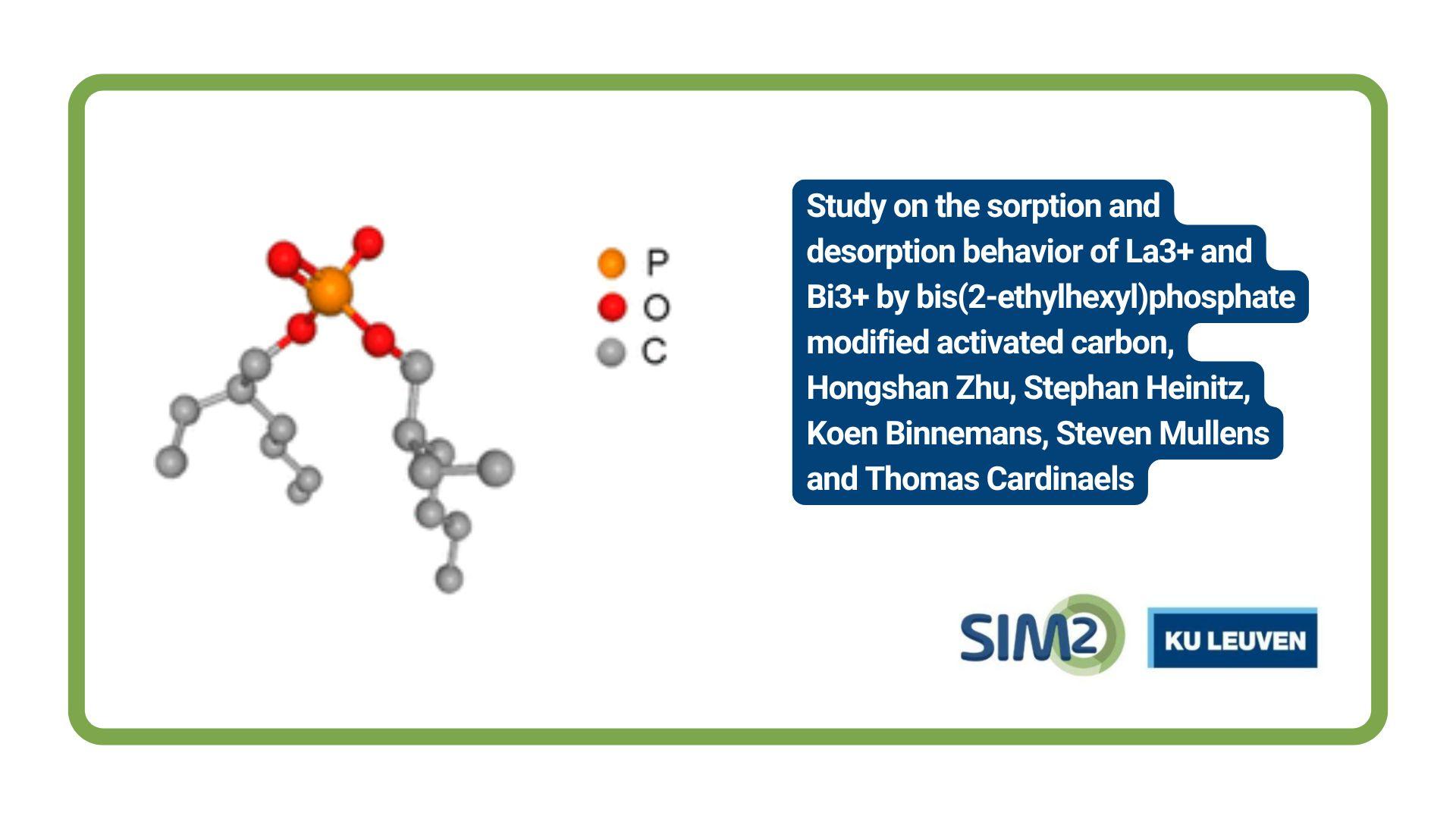Belgium and more specifically Flanders has a long tradition of separate collection and recycling of municipal solid waste (MSW). Along with Germany and Austria, its MSW recycling rates are of the highest of all EU member states. According to data reported by FostPlus, the overall Belgian recycling rate of household metal packaging is almost 100%. Four students in Chemical Engineering Technology of KU Leuven Campus Group T have now established that the real recycling rate of metal packaging in Flanders is, however, only about 65%. (Leuven, 13/07/2018)
In Flanders, about 50% or 25 400 t/year of household metal packaging brought on the market, such as steel or aluminum tins, cans and trays, is after use separately collected in the blue “PMD” waste bag and subsequently recycled. Another substantial part of household metal packaging however ends up in the residual household or industrial waste, in public waste bins or is littered and afterwards partly collected as street cleaning residue. These three waste streams are incinerated in waste-to-energy (WtE) plants and both ferrous and non-ferrous metals are recovered from the remaining bottom ash for further recycling. This metal scrap from WtE bottom ash is partly taken into account to establish the household metal packaging recycling rate. In 2015 for instance, about 19 000 t of metal scrap from WtE bottom ash was taken into account as metal packaging waste in the calculation of the recycling rate. However, the fraction of packaging waste in the metal scrap recovered from WtE bottom ash has never been quantified and thus remains largely unknown.
Therefore, four students in Chemical Engineering Technology of KU Leuven Campus Group T sampled different fractions of metal scrap recovered from bottom ash in a Flemish WtE plant. The sampling was done according to the specifications in the applicable CMA standards to obtain samples as representative as possible. Next, the scrap samples were sorted into a household packaging and non-packaging fraction and the relative mass of each fraction was determined by weighing. Results from these sorting experiments showed that metal scrap recovered from WtE bottom ash consists of about 7 to 11% of household packing waste, depending on the type (ferrous of non-ferrous) and particle size distribution of the scrap fraction. In the best case, about 4 000 t of metal packaging was recovered from WtE bottom ash in 2015. Taking into account this figure instead of the 19 000 t mentioned earlier, the household metal packaging recycling rate is only about 65%. The big question is now: where does the other 35% of the household metal packaging waste ends up?
This study was conducted as a bachelor thesis project under supervision of Professor Jo Van Caneghem and in close collaboration with Recover, an association of 11 local authorities and the city of Antwerp, focusing on improving the actual packaging waste policy in Flanders. It is highly relevant in the frame of the societal and political discussion on the possible introduction of deposits on metal cans and PET bottles.

Contact person:
- Prof Jo Van Caneghem (KU Leuven)
- Jo.vancaneghem@kuleuven.be





